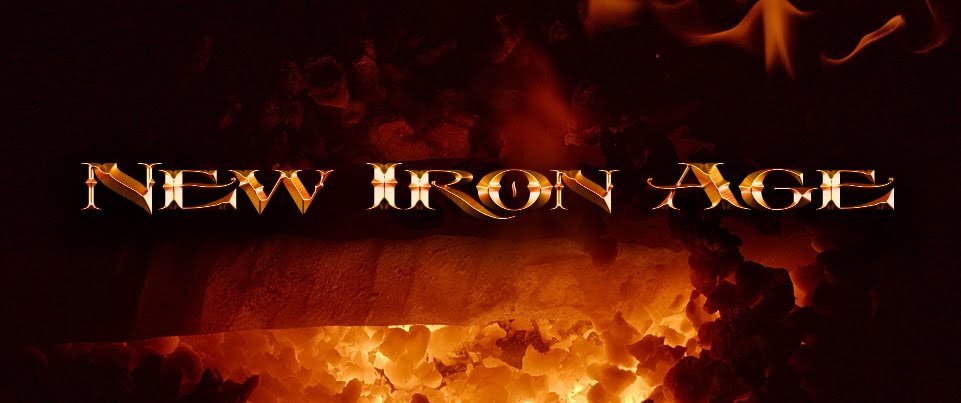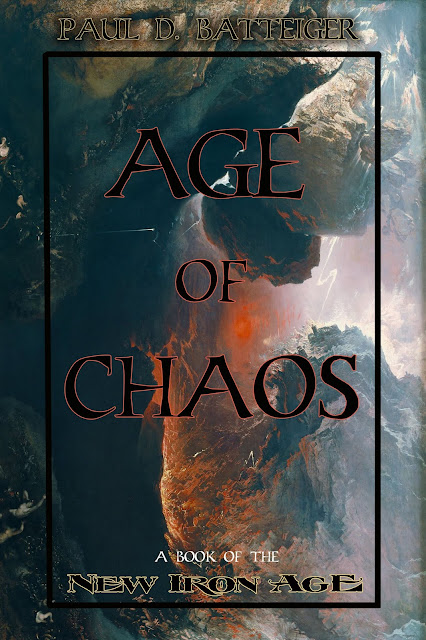Released
in 2008, the unimaginatively-named 10,000 BC was an almost
complete critical failure. Although it made money, it is often
regarded as Roland Emmerich’s worst movie – and this is the guy
who can count schlock-epics like Moon 44 and 2012 as
part of his ouvre. All but devoid of historical accuracy, this still
could have been an entertaining adventure full of cavegirls and
monsters like we used to get in the old days, but its own desire to
be serious kept it from being as fun as it might have been.
The
story tries hard to present itself as a kind of primordial hero’s
journey, with Steven Strait giving a terrible performance as
protagonist D’Leh, though to be fair, he doesn’t have much to
work with and is saddled with a pretty stupid script. His tribe of
unwashed, racially-diverse cave people live in an
inhospitable-looking frozen steppe, and you have to wonder why they
don’t go somewhere more convivial to hunter-gathering, since they
don’t seem to have any contact with any other tribes, and don’t
seem to have a reason to stay where they are. They hunt mammoths to
survive, when there would be a lot of easier prey to hunt, and the
one hunt we see tries hard to be exciting, but does not really manage
it.
All
the action sequences in this movie are strangely inert. Part of it
is the poor CGI, which makes the prehistoric animals look awesome but
completely unreal, so they are obviously not there. They are not the
worst effects ever or anything, but they don’t look as good as
other movies of the same period – not by a long shot. The other
problem is just clunky, uninspired direction which makes the action
predictable, as well as a PG-13 rating which makes sure you don’t
see much blood or anything visceral – literally or figuratively.
Anyway,
a bunch of dudes on horses ride in and attack the hovels, carry off
D’Leh’s girlfriend Evolet, and start the plot in motion. Now,
there were no people riding horses in 10,000 BCE, but from this point
on the movie diverges farther and farther from any kind of reality,
and this is actually what starts to make it more fun.
Because
in the pursuit of his captured tribespeople, D’Leh finds that the
riders are the servants of a more advanced civilization in the far
south, led by a mysterious figure who is referred to as “The
Almighty” and who is worshiped as a god. The slaves are gathered
up to work on the immense, stone pyramids the Almighty seems to want
to build for some reason. It is heavily implied that the Almighty is
the last of the Atlanteans, and we get a glimpse of maps of the
Atlantic Ocean as well as modern navigation tools like a compass and
calipers.
While
this twist carries us way outside anything resembling history, it
actually makes this a great setup for a Sword & Sorcery movie.
Pulps in general and Howard in particular were obsessed with the
Stone Age, and Howard himself wrote several stories about Paleolithic
heroes in “The Garden of Fear”, “The Valley of the Worm”, and
in his first published story “Spear and Fang”. The idea of a
stone age warrior confronted with the remnants of an ancient
civilization bent on world conquest is a golden concept, and it
should have made for an awesome, exciting movie.
In
the end, the film just was trying too hard to take itself seriously.
Rather than jump into the pulpiness of the central idea and run with
it, the film hinted and hedged and tried to pass itself off as a
serious recreation of the Stone Age, when it was really nothing of
the kind. In an effort to stay “realistic” they just veered away
from anything that could have made this movie awesome. We could have
had an Atlantean sorcerer wielding magic powers and conjuring demons,
warriors riding mammoths into battle, a deluge or maybe a volcano.
If you combined this idea with the first five minutes of X-Men
Apocalypse you would really have something to go with. In fact I
may have just come up with next year’s storyline thinking about
that.
10,000
BC was a movie that should have gone down in the tradition of
movies like When Dinosaurs Ruled the Earth or One Million
BC, but instead it tried to be Quest For Fire and hobbled
itself out of the gate. Proof of the fact that if you have a pulp
idea, you have to give it pulp execution.




